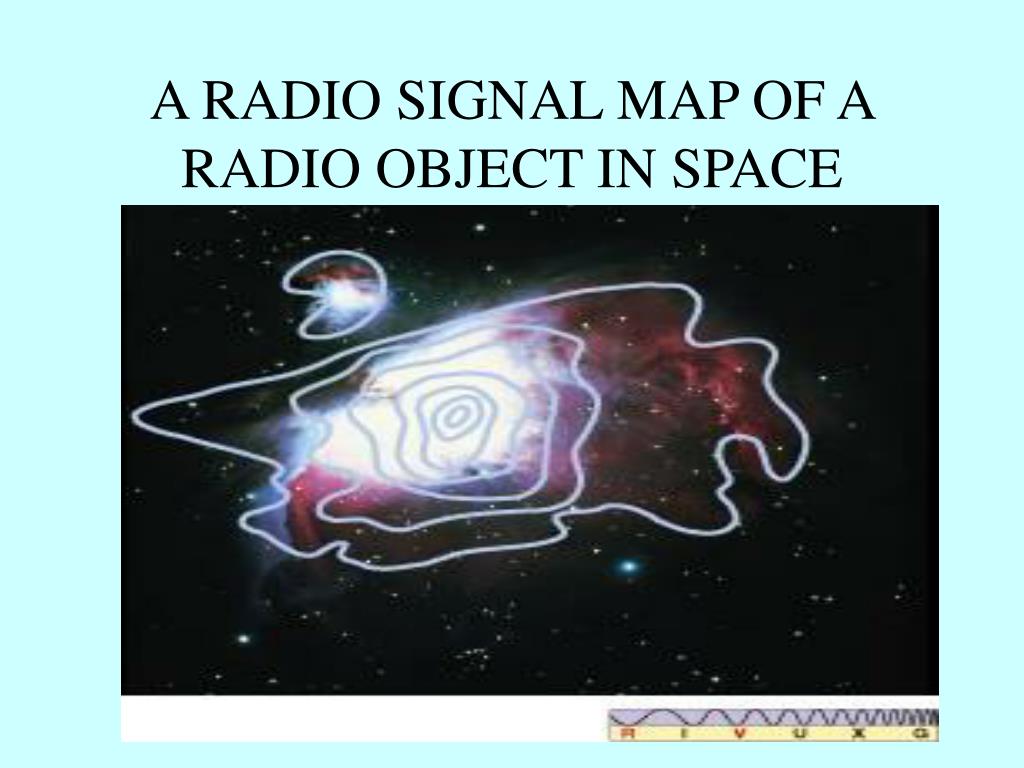

With a red pen he scrawled the word 'Wow!' in the margin and circled the sequence.Īstronomers ruled out that the signal came from Earth and could find nothing in our solar system to have produced it. The Wow! signal was detected on 15 August 1977 with a radio telescope known as Big Ears at the Ohio State University Radio Observatory in Delaware.ĭr Ehman, who had been working on a project for the Search for Extraterrestrial Intelligence (SETI) Institute, noticed the surprisingly strong signal in a column of alphanumerical data. 'These two comets were not detected until after 2006, therefore, the comets and their hydrogen clouds were not accounted for during the signal emission.'

Theories have included collisions between asteroids and stars, flares from stars, merging white dwarfs and colliding neutron stars. While some have taken it to be a radio message broadcast by an alien beacon into space, others have looked for other astronomical sources. There have been many theories over the years for what could have been the source for the short-lived, narrow band radio signal that became known as the Wow! signal.Īt the time, it was seen has having all the traits of having come from a distant planet, but the inability to pick it up again has frustrated astronomers. 'Ephemerides for both comets during this orbital period placed them at the vicinity of the 'Wow!' signal. 'From 1977 July 27 to 1977 August 15, comets 266P/Christensen and P/2008 Y2 (Gibbs) were transiting in the neighborhood of the Chi Sagittarii star group.

'Several investigations into the 'Wow' signal have ruled out the source as terrestrial in origin or other objects such as satellites, planets and asteroids,' continued Professor Paris. The clouds of hydrogen that surrounds them as sunlight breaks up the frozen water on their surface extends millions of miles around the comets, meaning they could produce a powerful signal. Professor Paris said comets 266P/Christensen and P/2008 Y2 (Gibbs) would have been in the right part of the sky at the time. It passes much closer to Earth, at a distance of 61 million miles and orbits the sun every 6.8 years. P/2008 Y2 (Gibbs) was first discovered in 2008. The closest it passes to Earth is 125 million miles. Comet 266P/Christensen was first discovered in 2006.


 0 kommentar(er)
0 kommentar(er)
